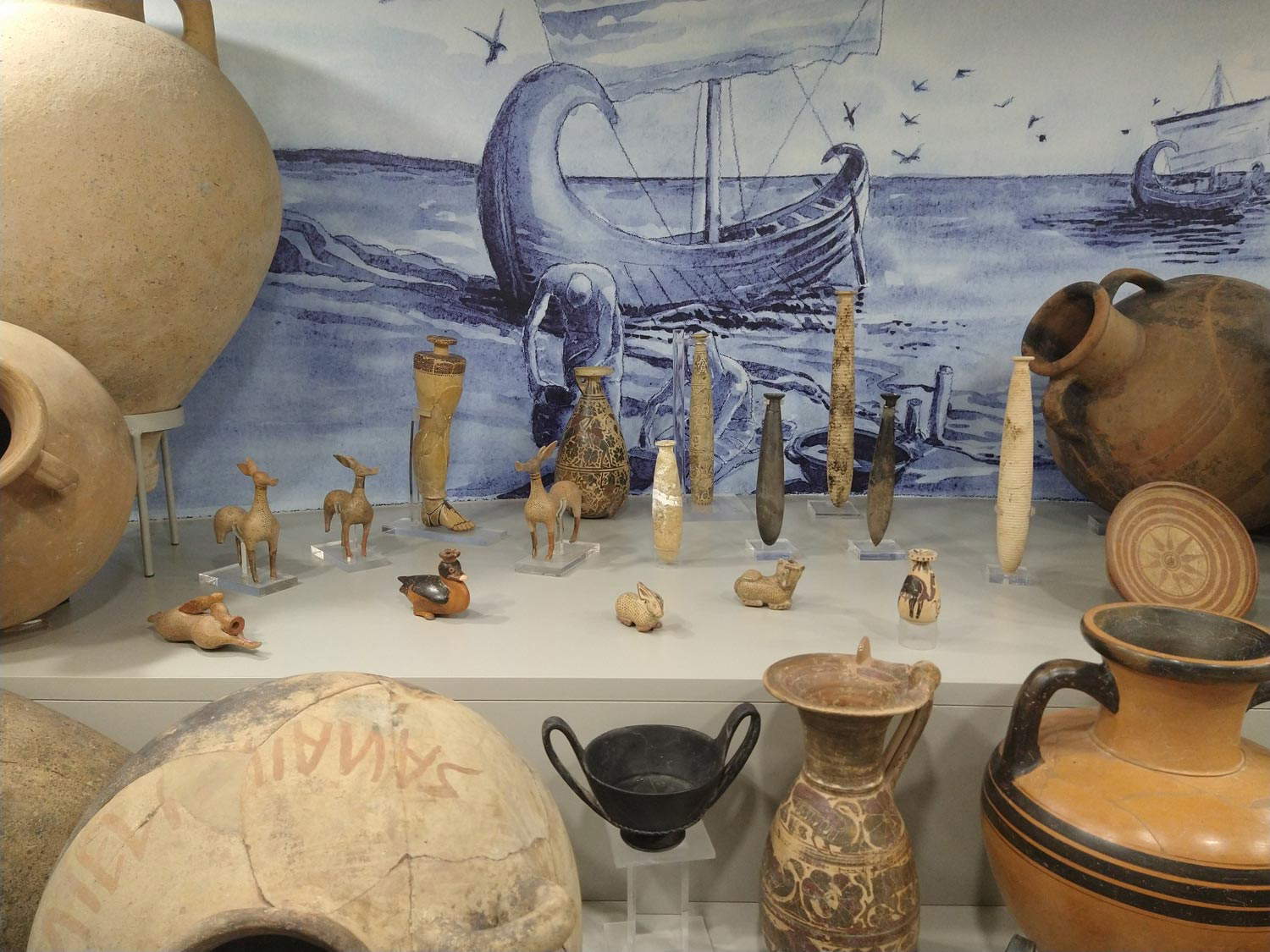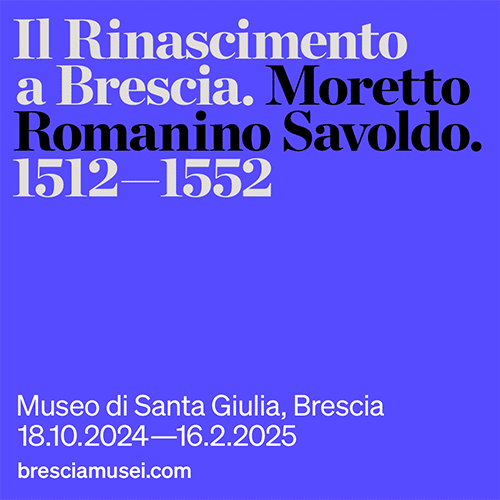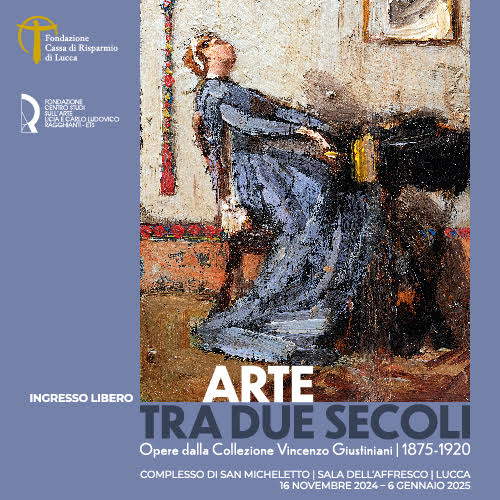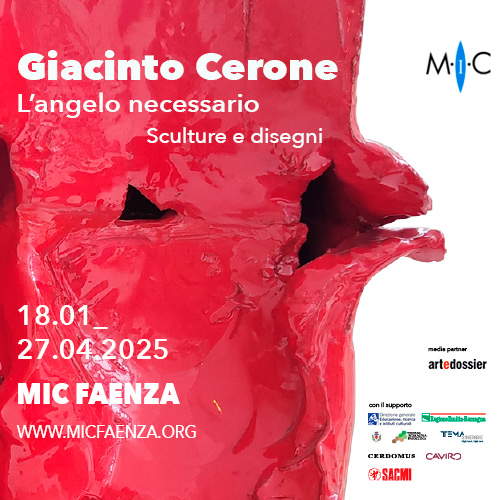Setting up the Vulci museum, the response of the archaeologists in charge
Regarding the August 22article by director Federico Giannini on the layout of the Vulci Archaeological Museum, we receive and publish the response from archaeologists Patrizia Petitti, Simona Carosi (scientific managers of the project) and Sara De Angelis (museum director). Below is the director’s response.
“How not to write about an archaeological museum exhibit.” The case of the non-archaeologist journalist’s article in Finestre Sull’Arte.
Out of nowhere, without a link to a real occasion other than an “imminent birthday” of the National Archaeological Museum of Vulci, which, however, will fall in two years, we learn that the online newspaper Finestre sull’Arte, which deals with ancient and contemporary art, disquisites the current set-up, dating back to 2015/2016, carried out by the competent Soprintendenza Archeologia del Lazio e dell’Etruria Meridionale, then headed by Alfonsina Russo Tagliente. Aside from the obvious anachronism, the celebratory, one would say biased, tone with which the 1975 display is defended by F. Correnti and P. Moretti is surprising, even recalling A.M. Moretti’s commentary in a 1993 volume on Vulci. Elegant showcases, clear, harmonious and simple: how can one disagree given that the material chosen was glass, by its nature transparent and with pure, clean lines? Too bad they do not remember the visual problems, caused by the reflection of the large surfaces, or the difficulties in handling them (dead flies in the showcases generally are perceived by the visitor with more immediacy than images on Greek ceramics, unfortunately). But above all, very little thought is given to the scientific project of the time, evidently because it is imperceptible to the need to make archaeological materials a mere “filler” of huge crystal spaces. A chronological choice that one, it is said; little does it matter if no or almost no explanation was given to the poor visitor as to how, why, who, where those objects came from and why they got there. Our journalist evidently never experienced the bleak awareness of failure that takes a museum director when he sees visitors indifferently paraded before display cases full of objects whose meaning no one has taken the trouble to decode.
After celebrating the elegance of the Correnti-Moretti display, they move on to aggressively criticize the current “didactic” layout, clumsily citing the lack of a chronological path in favor of a thematic one (it must be complicated for a journalist to understand the succession of chronological phases despite the fact that these follow the circuit of the rooms!), as well as reporting a passage on archaeological materials seen as a “tool” of the historical narrative (this was the quick explanation of the concept that underlay the actual scientific project), failing to reason that for an archaeologist the material datum is obvious, it is his or her bread and butter: the narrative does not exclude analysis and study, on the contrary, it is a consequence of it (it would be like saying that a doctor makes a diagnosis without analyzing the symptoms). All this to arrive at a certainty: a choice of museum communication for teen-agers.
Those who are accustomed to working on archaeological museum displays today know very well what great commitment they entail and how many skills they must involve. Behind the scientific project of 2015/2016 there are not only the two officials who followed Vulci and its museum at the time (whose names and surnames have been amply recalled) but a group of archaeologists and technicians from the Superintendency, coordinated by the Superintendent, experts in prehistory and protohistory, Etruscology, experimental archaeology and communication, and then those who excavated Vulci with their own hands, who carefully reconnoitered the deposits, analyzed the contexts, those who without preconceptions were helped by theethnography, comparisons with recent theories of trade in the Mediterranean and reflections on the city as the end and restart of the historical process, in order to tell the story of a community. The insights were entrusted to an app(https://izi.travel/it/5da3-museo-archeologico-nazionale-di-vulci/it) made at no cost to the Superintendence and free still for the public. The choice of contexts, as far as possible reconstructed, was made among those that, among them, could best communicate the entirely peculiar events experienced by the archaeological materials, their primary uses or selection for funerary uses, the location in which they were found, or simply, the preference of a figurative form or representation. This has been made possible by the advances that archaeology has experienced since 1975, being enriched by the bearing of applied sciences which now ensure that the mere aesthetic view of the piece is surpassed. The scenarios that provide a backdrop to the contexts or materials on display are those created by the Superintendency’s graphic designers who, with more than 30 years of experience in the field of communication, have provided an additional means of understanding what a portion of a necropolis or the interior of a chamber tomb looked like.
It is clear that behind the communication (even more so of an of an archaeological museum) there must be a mediation of the expert who in a fair and not “prepackaged” way, but based on his or her knowledge and the nature of the materials, chooses what can best be understood by the public and in what words and or means is best explained. Alternatively, we return to a museum that is merely a “gallery of vases or mute pieces,” in front of which the visitor has no means either to be able to give his or her own reading or, much less, to “see other possibilities opened up.”
In this sense it becomes almost laughable for a journalist to talk about “historiated pottery” and what it can tell.
But the article’s author’s aggressiveness goes so far as to speak of sloppiness, the sloppiness, for example, of proposing “clunky fonts.” By the way, who decides that a font is clumsy? And shouldn’t we rather talk about the readability of the written word? This, too, enters the tools of communication. We, being much more aware than our interlocutor of how much museology had changed and progressed from 1975 to 2016, would not have imputed as clumsiness, or worse, to the outfitters of that time to have used archaeological materials as fillers in “crystal cages” without noticing the traces of fabric and inscriptions on some vases. And we would not have criticized a set-up made in other times (almost prehistory for museum communication) of huge display cases that were completely unmanageable, because they were evidently imagined as immutable and untouchable, in a museum in which “novelty” produced by research had been left with no space. This crystallized museum (pardon the pun) is defended entirely aprioristically in the face of a mobile system, adaptable to the novelty of research and visitors’ suggestions.
On the “triumph of kylix, hydria...” it is not worth returning to: it is clear that the writer is neglecting more recent reflections on the trivialization, if explained, of terms that in part had already entered the Etruscan language and that today-this yes-even a child would be able to connect to a form that he or she can find in the display case.
The difference between the old and the new display fortunately is not made by google street view but by the appreciations of the public of all ages and backgrounds.
The visitor comments found both in the museum and on social networks are indeed positive, we quote just a few as an example:
“Inside the castle, you can visit the small but very interesting and well-kept National Etruscan Museum of Vulci, containing artifacts found in Vulci and in some tombs in the area. Really nice!” (June 2023)
“Beautiful impact with the castle as soon as you arrive and with the Devil’s Bridge... The museum is very interesting and the ladies working there very kind and ready to give a lot of information” (April 2023)
“The castle museum is well done and contains exhibits worth contemplating. Beautiful visit. Highly recommended” (August 2022)
“Beautiful place, beautiful landscape. We visited the museum, inside the castle. Very friendly and helpful staff. Small, interesting and very detailed” (August 2022).
On the scientific project much is still being done in the present, thanks to the intense collaboration that now DM Lazio, which manages the museum after the so-called Franceschini reform, has with the Superintendence. The entire room on the ground floor has been left by the new layout as a space for archaeological research taking place in real time in the Vulci Park, and the Museum’s management is working on obtaining other spaces to expand the same layout. At the same time, work is being done on an integration of visitor routes between the Museum and Vulci Park.
A Museum can present multiple levels of reading and thus allow for different approaches: there are those who observe only the figures, those who are intrigued by an iconography, those who can search and trace comparisons and insights for their studies. Those who prefer to observe alone, those who prefer a guided tour to enter the meanders of details and curiosities. The important thing is that the Museum, a treasure chest of cultural heritage, can help the growth of individuals. The public understands all this just as it grasps rather immediately that the image of the Ponte dell’Abbadia inside the Museum is a symbol of a road to be traveled, one that unites and connects (much more than can happen between the Offices and Ponte Vecchio in Florence) the Museum/Castle to the Park/City and Necropolis of Vulci.
On the other hand, with regard to the decline in visitors alluded to at the close of the article, it should be noted that the observed drop in users can in fact be recorded from the beginning of 2000, thus with the first exhibit still in operation and not attributable to the changes made with the new museum project. In fact, between 1996 and 2002 the annual average number of visitors was 32,731, while between 2002 and 2015 the average was 19,478 visitors (not considering the peak recorded in 2004 following the highly successful exhibition of detached paintings from the François tomb, owned by the Torlonia family). Following the new layout since 2016 and before the closures and limitations related to the Covid-19 pandemic, recorded visitors were around 20,000 in line with what has been recorded since 2002. The noted decline thus seems to connect rather to the transformations that have taken place over the past 20 years in the way tourism approaches the area and its enjoyment than to changes in museum layout choices.
Perhaps by studying the Vulcan context a little more and touching -as a good reporter knows how to do- the territory and hearing from those who work there with passion for a shared project of public archaeology and without being seduced by silly personalistic exaltations, the polemical and vacuously critical article could have become an excellent opportunity for reflection, which could have crossed the border of beautiful/not beautiful, like/dislike, to which, after all, it has been reduced.
Patrizia Petitti (Former MiC Official and former Director of the Vulci Museum)
Simona Carosi (Official ABAP Superintendence for the Province of Viterbo and Southern Etruria and former Director of the Museum of Vulci)
Sara De Angelis (Official of the Polo Museale del Lazio and Director of the Museum of Vulci)
Reply by Federico Giannini
The archaeologists Petitti, Carosi and De Angelis, disturbed by the idea that one can write about a given topic “without a link to a real occasion” (it will have to be revealed to them that yes, one can write about anything at any time), begin to respond by very elegantly calling yours truly a “non-archaeologist journalist,” and since it may not be enough to point out that a criticism should be answered on the content and not by shifting the focus to the titles of those who advance it, it will be convenient to remember what the job of a journalist consists of: in cases like this, to verify a situation, collect data, confront archaeologists (because evidently there are also those in their own circles who have other and more than legitimate ideas about museum displays) and then take a position.
One can gloss over the entire first part of the piece, in which female archaeologists, according to the most classic pattern of what in communication jargon is called a straw man argument (the deliberate distortion of one of the interlocutor’s theses in order to attribute a certain belief to him or her), hope to pass off yours truly as someone who “celebrates” the previous setup in order to oppose a "defense of a crystallized museum." forgetting that I myself pointed out that the original layout was not untouchable, and that one could “intervene in a less radical way, making updates where necessary, without altering the path imagined when the museum was born,” having also mentioned the case of the Museum of the Etruscan Academy in Cortona, where the historical showcases have not been touched by the latest rearrangement (except by updating the apparatus).
When Petitti, Carosi and De Angelis say that “for an archaeologist the material data is obvious,” it should be remembered that the public of a museum is not composed exclusively of their colleagues, but of people who visit it for the most varied reasons. And we would miss that in a museum do not work “experts in prehistory and protohistory, etruscology,” etc.: I do not see why to emphasize this, since the writer has never questioned the skills of those who worked on the layout (moreover, I also addressed words of appreciation to the audio guide). When they write that “the scenarios that serve as a backdrop to the contexts or materials on display are those created by the Superintendency’s graphic designers who, with over 30 years of experience,” etc., it should be pointed out, again, that my criticism is not directed at the competence of those who created the scenarios, but at the idea of having twisted the original itinerary to set up almost the entire museum in that way. No one, least of all the undersigned, has said that the alternative to a museum all set up with scenarios is a “gallery of vases or mute pieces,” not least because it would mean that the vast majority of archaeological museums, where the display of the pieces and the reconstruction of the contexts disregard the idea that it is necessary to intervene almost everywhere with scenarios illustrated with ancient ships or backdrops with photographs of the landscape, are outside the standards of the most up-to-date communication according to the undersigned.
On the fact that the undersigned neglects “the most recent reflections on the trivialization, if explained, of terms that in part had already entered the Etruscan language and that today-this yes-even a child would be able to connect to a form that he or she can find in the shop window,” one can overlook the endless literature that, on the contrary, strongly advocates rendering the names of finds in understandable terms: it will suffice to remind archaeologists that the “Guidelines for Communication in Museums” of their own employer (the Ministry of Culture), propose, among other advice, to “translate foreign words into Italian” (and the example is precisely the term kylix: let’s grant that perhaps the most knowledgeable audience in the world comes to Vulci if there “even a child,” just by reading the term, is able to reconnect it “to a form they can find in the window”).
As for the decline in visitors, I have never attributed it to the present display (I merely said that a revisit might reverse the trend: I do not understand how deterministic intent can therefore be ascribed to me), so it is futile to talk about it. As for the comments from unspecified “social networks” (these are the comments found on Google, which, moreover, is not a social network), it is not clear why if the comments are positive then suddenly the titles or the profession of the authors no longer matter, but beyond of that, it must be said that taking four of them at random is of no value in confirming a thesis, because the same stratagem can be used to support the opposite thesis, since there is no shortage of negative comments either (I sincerely hope that in science the three archaeologists do not use such flimsy methods to corroborate their convictions). With somewhat more solid criteria, one can analyze the Google reviews of the last three months: it emerges that 33 users vote but do not comment, 11 comment but it is not known whether they are talking about the castle or the museum (from the photos they are probably referring to the castle), 10 comment but talk about the castle or the bridge (even one of them says that “you can’t visit anything”), 10 comment positively, while for the remaining 7 I doubt one can speak of “positive comments” (“the museum a bit of a disappointment,” one complains that the park and museum have two different managements, “beautiful but lacking road signs and part of the museum rooms unused,” “Extraordinary and fascinating environment despite being neglected. No signage pointing to the entrance and the few present are eroded,” “the place has more potential,” one complains that there are few pieces, “real disappointment interior, four small rooms in five minutes seen it all”), and one says it is “very interesting but with the proper funds it could be enhanced even more.” Readers draw their own inferences.
The archaeologists write that the public “grasps rather immediately that the image of the Abbadia Bridge inside the Museum is a symbol of a road to be traveled”: lo and behold, judging from the “social” comments, as the archaeologists call them, it seems that the public knows more about the castle and bridge than the museum, so by the same logic, perhaps it would be better to place a giant picture of the museum interior on the bridge. Incidentally, a comment from a year ago on Google noted the elevator malfunction (“for who knows how long”): so, since the inconvenience also occurred to yours truly this summer, perhaps the medium is a little defective. So, since archaeologists care about inclusiveness, please call a technician and show that elevator.
 |
| Setting up the Vulci museum, the response of the archaeologists in charge |
Warning: the translation into English of the original Italian article was created using automatic tools. We undertake to review all articles, but we do not guarantee the total absence of inaccuracies in the translation due to the program. You can find the original by clicking on the ITA button. If you find any mistake,please contact us.





























